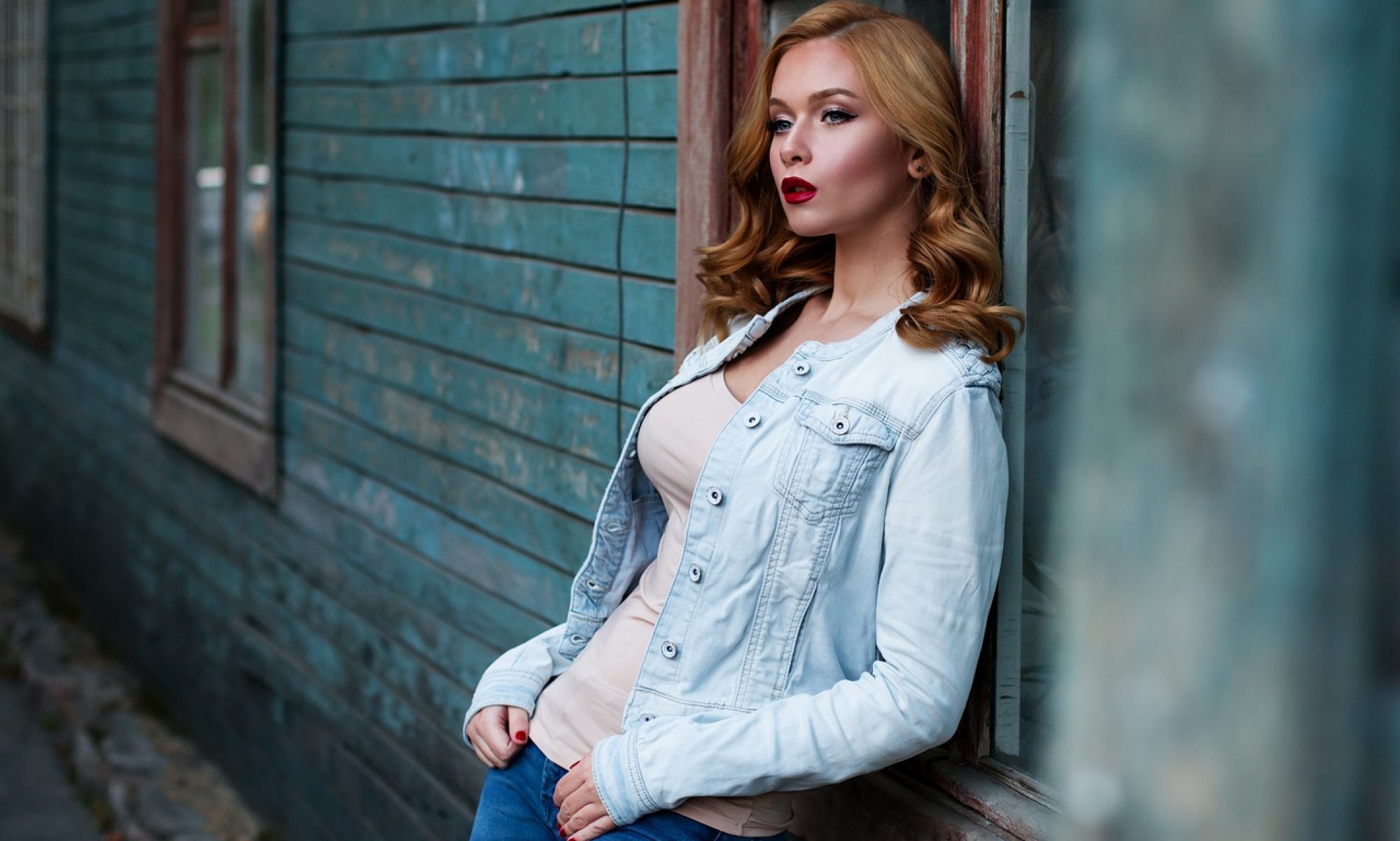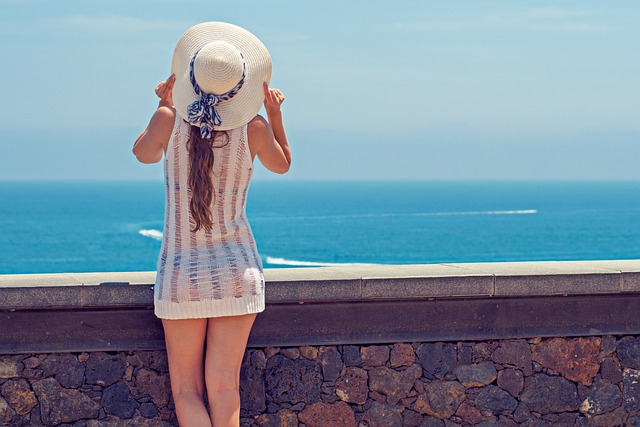From cargo-inspired utility gear to flowing maxi dresses and floppy hats made for Instagram, our travel outfits often look nothing like what we’d wear at home. But why?
Packing for a Different Self
An American friend once asked me what she should wear for her first trip to Europe. “I want to be comfortable but stylish,” she said. I wasn’t much help. As a travel writer, I’m usually either trudging around in hiking boots and SPF-streaked gear or relying on a minimalist beige capsule wardrobe that leaves space in my bag for edible souvenirs.
Meanwhile, fellow passengers glide by in floaty dresses, crisp white linens, or soft pajama-style sets. Occasionally I catch sight of myself in a window and feel a flicker of envy. Should I have packed a floral dress just for the photos? Or swapped my heavy boots for Birkenstocks and tall socks?
However we choose to dress while away, one thing is certain: we don’t dress like this at home.
The Origins of Holiday Style
So why do we change our entire look the moment we go on vacation?
According to Marta Franceschini, head of communications and editorial at the European Fashion Heritage Association, the concept of a “holiday wardrobe” was born alongside leisure travel in the 19th century. Before that, travel clothing was purely practical — suited for migration, trade, or religious journeys.
As the European middle class expanded and rail travel made coastal escapes possible, new travel attire emerged — lighter fabrics, softer silhouettes, and a blend of comfort and refinement. Designers like Coco Chanel popularized relaxed staples such as knitwear, wide-leg trousers, and chic swimwear between the wars.
After World War II, as commercial flying opened travel to more people, resort wear became its own fashion genre — think kaftans, printed separates, and tailored Capri pants.
Franceschini notes that dressing for unfamiliar climates also allowed people to loosen traditional fashion rules — hence the enduring sandals-with-socks phenomenon.
The Fear of Looking Like a Tourist
Despite this freedom, many travellers dread one thing above all: being mistaken for a tourist.
Magazines and blogs overflow with advice on how to “blend in,” replacing the stereotypical tourist uniform of T-shirt, hat, and backpack with sleek capsule looks inspired by local styles. Vanessa Friedman, fashion critic for The New York Times, says people simply want to belong. “When you travel,” she explained to the BBC, “you don’t want to stand out.”
But why the stigma?
Travel psychologist Dr Charlotte Russell says the term “tourist” has long carried negative connotations — naïve, inexperienced, easily fooled. “No one wants to be perceived that way,” she explains, “so it’s natural that travellers try to separate themselves from that stereotype.”
Franceschini believes this divide solidified in the late 20th century as global travel became more accessible and the line between “tourists” and “travellers” sharpened. The rise of travel blogs and online forums further deepened that social hierarchy: the quick visitor versus the worldly wanderer.
Dr Andrew Stevenson, author of The Psychology of Travel, thinks our wardrobe choices reveal something about our self-perception. “Do you want to blend in like an anthropologist,” he asks, “or maintain a barrier between yourself and the place you’re visiting? Clothing communicates how much belonging we want.”
Maybe my neutral layers and tough shoes say more about identity than practicality — signalling that I’m there to observe, not merely to holiday.
The Monica Vitti Effect
Consider The White Lotus Season Two. Jennifer Coolidge’s character Tanya McQuoid glides through Sicily in a pastel dress, headscarf, and oversized sunglasses, insisting she’s channeling Italian film icon Monica Vitti. Her hotel manager, unimpressed, mistakes her for Peppa Pig and bluntly reminds her, “Monica Vitti is dead.”
It’s a perfect illustration of the gap between how travellers imagine they look abroad and how they’re actually perceived. Living in southern Italy for over a decade, I can confirm: the flowy-dress-and-hat crowd are always tourists.
Franceschini calls this phenomenon “sartorial mimicry” — dressing to symbolically participate in a culture rather than to truly integrate with it. Think Hawaiian shirts or Bermuda shorts — clichéd, yes, but also aspirational.
Still, she cautions, that mimicry can slip into cultural appropriation when traditional garments are worn without understanding their meaning. Tanya’s “La Dolce Vita” outfit represents a romanticized fantasy of Italy — glamorous, carefree, and cinematic — drawn from films like Fellini’s La Dolce Vita and revived by shows like The White Lotus. It’s less about blending in and more about performing a postcard version of a place.
Imagine if visitors dressed for London as Twiggy, or for Los Angeles as Marilyn Monroe.
Instagram Made Us Do It
Social media has turned travel fashion into performance art. Holiday photos are now less about the destination and more about the person posing in it.
Dr Russell says these curated images influence how people dress when they travel: “We now see people dressed to the nines everywhere — from city monuments to mountain peaks. That wasn’t the norm 15 years ago.”
Dr Stevenson agrees: “People used to photograph places. Now they photograph themselves with the place behind them.”
Franceschini calls this “the fusion of fashion and digital spectacle.” Destinations become sets, and clothing part of the show. Influencer culture has amplified it further, with sponsored wardrobes and colour-coordinated feeds turning travel into a visual brand.
Betty White once joked, “Facebook just sounds like a drag; in my day, seeing people’s vacation photos was considered punishment.” She wasn’t wrong.
Dressing for Joy
Still, there’s something to be celebrated in dressing differently while away.
“Holiday clothing is a symbolic break from daily life,” says Franceschini. “It allows people to wear things that might feel too bold or impractical at home. It’s an expression of freedom — or at least a small escape.”
Russell agrees that clothing can reflect emotional release. “We spend most of our days working at desks or in uniforms. A trip gives us permission to explore a lighter, freer version of ourselves.”
Whether that version wears hiking boots or chiffon, the sentiment remains the same.
“If it makes you feel good,” says Russell, “then wear it. Life’s too short to dress for other people’s approval.”
And holidays, even shorter.

